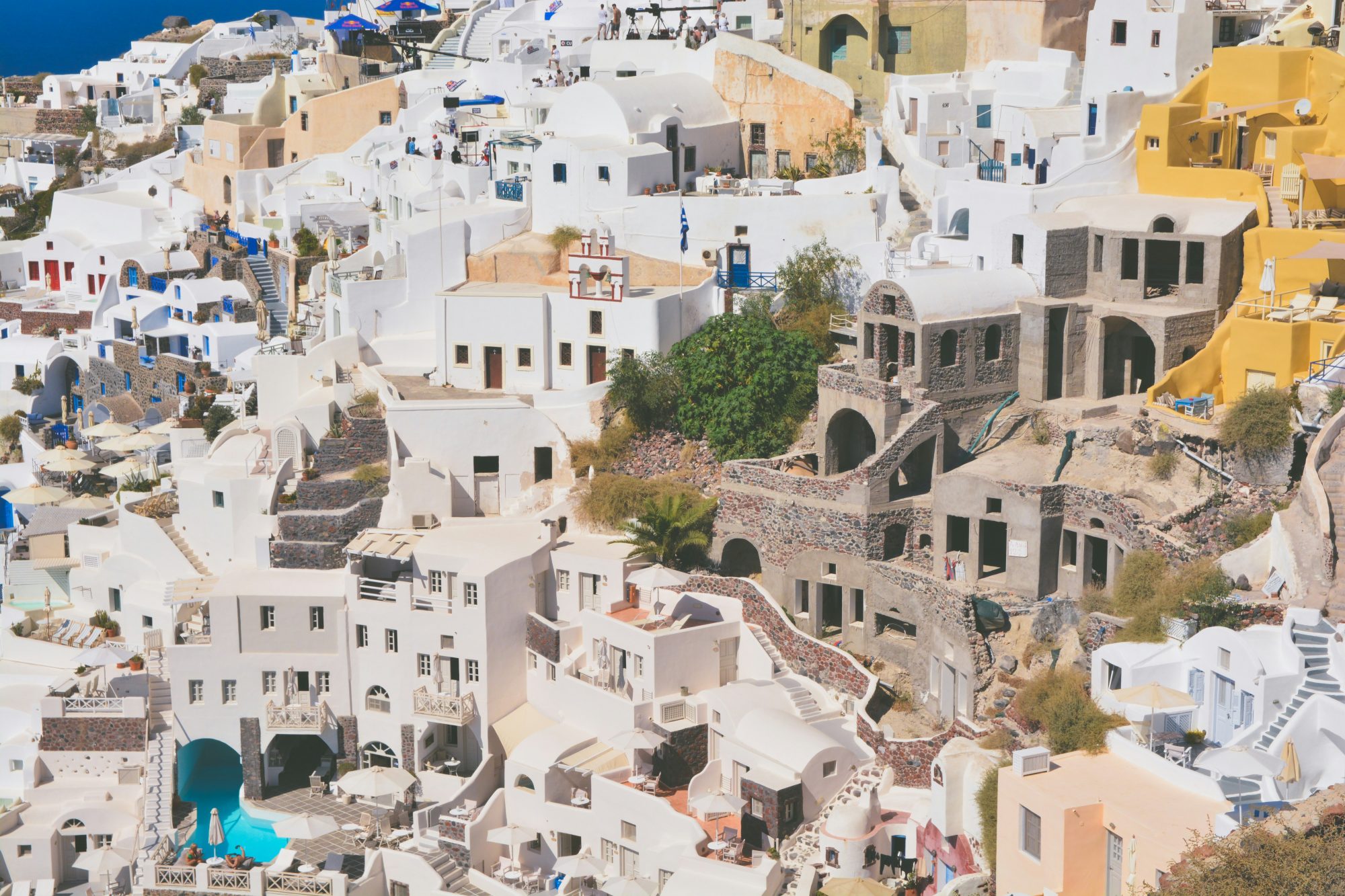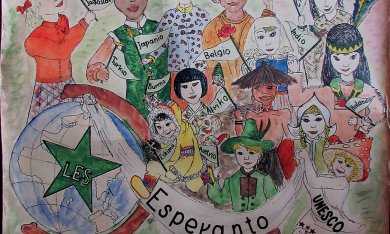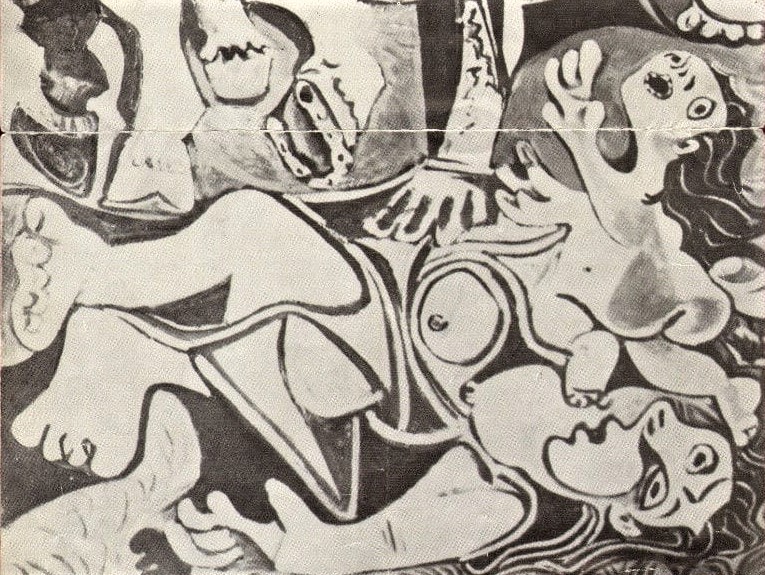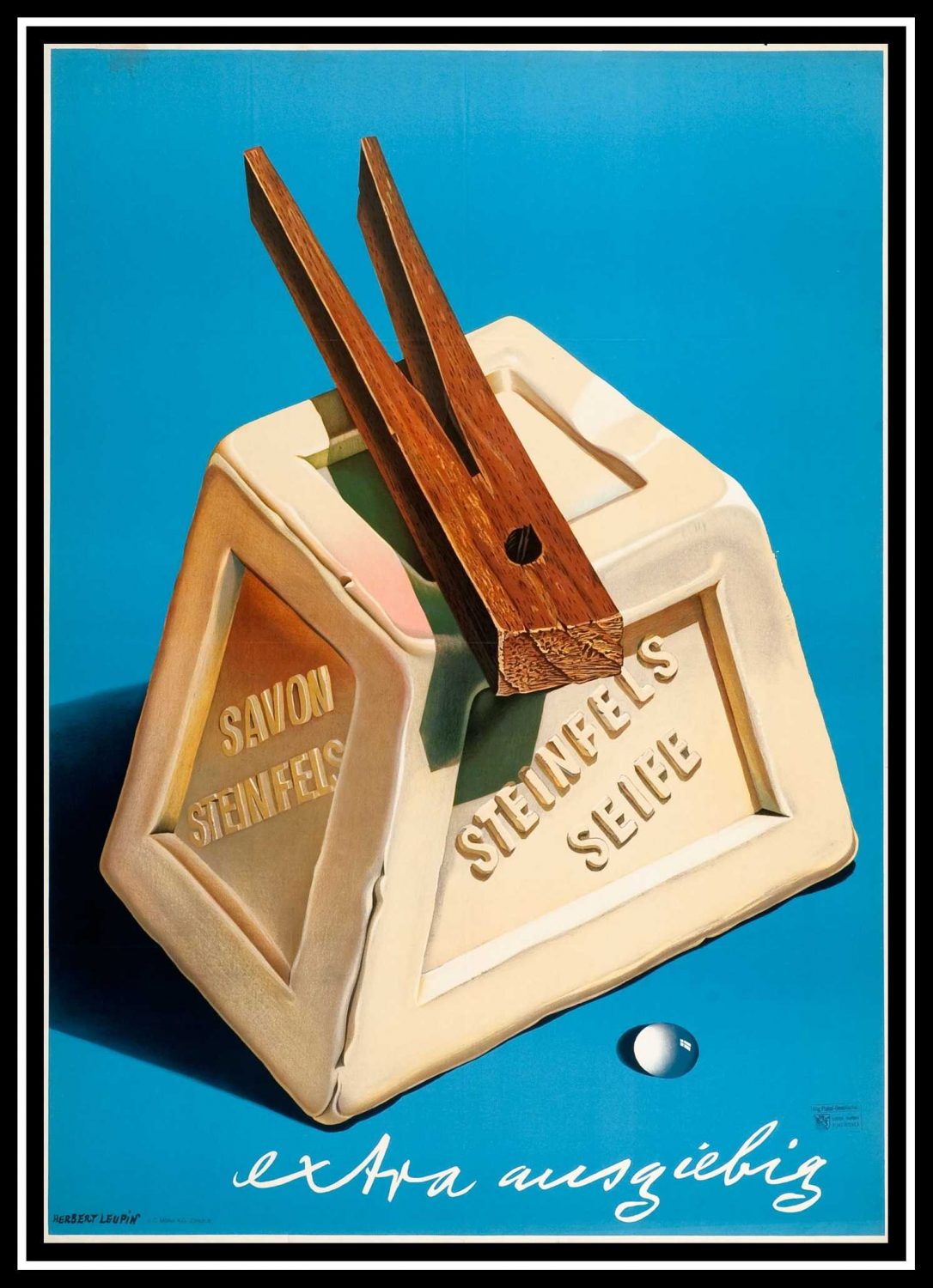Vintage Posters
23
May
Vintage Travel Posters – Collecting Tips
Vintage travel posters are advertisements from a past era, usually produced from the early 20th century to the mid-1900s. They were des...
08
Apr
Esperanto Language Posters – Collector’s guide
Dr. Esperanto
As you may know, Esperanto is an artificially constructed language. Thus, it belongs to no linguistic family. However, m...
01
Mar
How to Verify the Authenticity of Vintage Movie Posters – Guide
Verify the Authenticity of Vintage Movie Posters: A Step-by-Step Guide
What, that's a reproduction?
From time to time, you'll come ...
25
Jan
Artistic Tapestry of Bole Miloradovic: A Cinematic Journey through Vintage Posters
Artistic Tapestry of Bole Miloradovic: A Cinematic Journey through Vintage Posters
The other day, an event unfolded, capturing my imme...
19
Oct
YuMex Craze: How Mexican Film Won Over Yugoslavia
During the 1950s, Yugoslavia and Mexico developed a surprising bond despite having no common language, border, or culture. This unlikely friendship would become known as the Yu-Mex craze, which refers to the Yugoslav fascination with Mexican culture. This cultural craze was a significant cultural phenomenon in Tito’s Yugoslavia, and it grew in popularity in the following decades.
15
Dec
Partisan Movies Posters
What Are Partisan Movies?
Partisan movies are a distinct genre that originated in the former Socialist Federal Republic of Yugoslavia....
15
Sep
Collecting Movie Posters
Movie Posters
Collecting movie posters is one of the favorite hobbies among movie lovers. What is the secret to their undying populari...
27
Dec
Posters Throughout History III
The third and last article in our series Posters Throughout History. Today we will be talking about the period from Art Deco until today. Enjoy!










